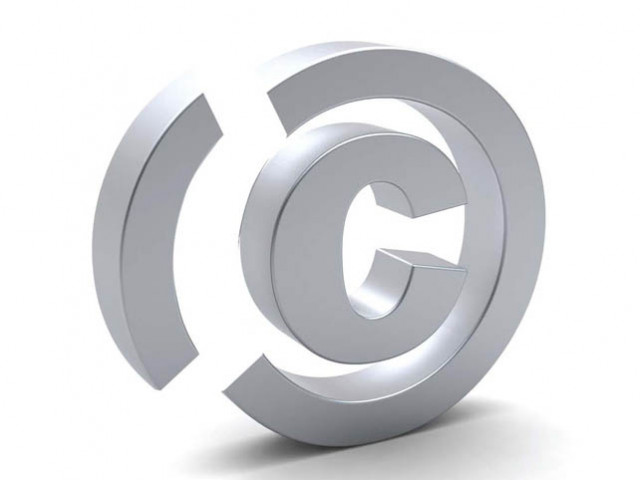
Open Source Software has been a huge blessing to the software community and businesses in general.
There is nothing better than finding a free, open source software that already does what you want, rather than having to purchase it or build it yourself. At the same time some large software corporations have always had issues with OSS, and not entirely because it’s free and competes with their products. In large part, this is due to the fact that open source software is the opposite of copyright, it is essentially a “copyleft” licence.
One of the most popular open source licences is the GPL licence (GNU Public Licence). The gist of the licence is that people are free to use the software and improve it. They are even free to sell it. But if they distribute it, they must share the source code of the software along with it. This allows other users to change the software if they wish. This essentially makes it hard for the company to continue to charge a price on the product, because any other software company can take the source code, build it into an application and sell it for a lesser price, or for free as is commonly the case. So open-source software by its own nature also ends up being free software and its ambitions are to pool together the community efforts to build a better software for everyone.
The critics of open source software, typically corporations, contend that there is no such thing as a free lunch and in a closed environment, such a model is non-sustainable as there is no income generation by which the community can sustain itself if they only engage in open source software. Consequently, companies like Red Hat provide a free operating system but charge for support and maintenance rather than the product itself. The other contention the same detractors of open source software have is that it provides a lower-quality offering and stifles the kind of competition that comes from capitalistic incentives. It’s an argument that is increasingly hard to defend with products like Google’s open-source Android operating system that recently overtook Apple’s iPhone in quarterly sales volume.
Another major contention for the same corporations is that open source software is “viral”. Under typical copyright law, all derivative works are also considered copyrights of the original copyright owner. This means that if you write a book and someone writes a book that is based on your work, you own the rights to the new book. This is designed to prevent plagiarism and keep content companies, such as newspapers, in business. However, if the content were offered under a copyleft licence instead of copyright, the same content would be free for all to slice and dice with the stipulation that it is free for everyone else to do the same with it. For this reason, if copyright work includes copyleft work, then the entire corpus of work becomes copyleft, rendering the copyright parts open for all. Large corporations have strict policies in place to prevent such open source work from “polluting” their copyright work and ability to monetise it.
Neither side is wrong or right, rather, there are philosophical differences. Copyright promotes the creation of intellectual capital, incentivised, typically through financial gain - a capitalist model. Copyleft promotes community engagement where all are free to use and build upon a shared body of work that the community can ultimately benefit from. Oftentimes, companies will donate code to the open source community or developers will spare some of their time working toward open source projects while sustaining themselves through proprietary means.
The writer is heading Online Strategy and Development at Express Media and can be contacted at aleem.bawany@express.com.pk
Published in The Express Tribune, March 7th, 2011.


















COMMENTS
Comments are moderated and generally will be posted if they are on-topic and not abusive.
For more information, please see our Comments FAQ